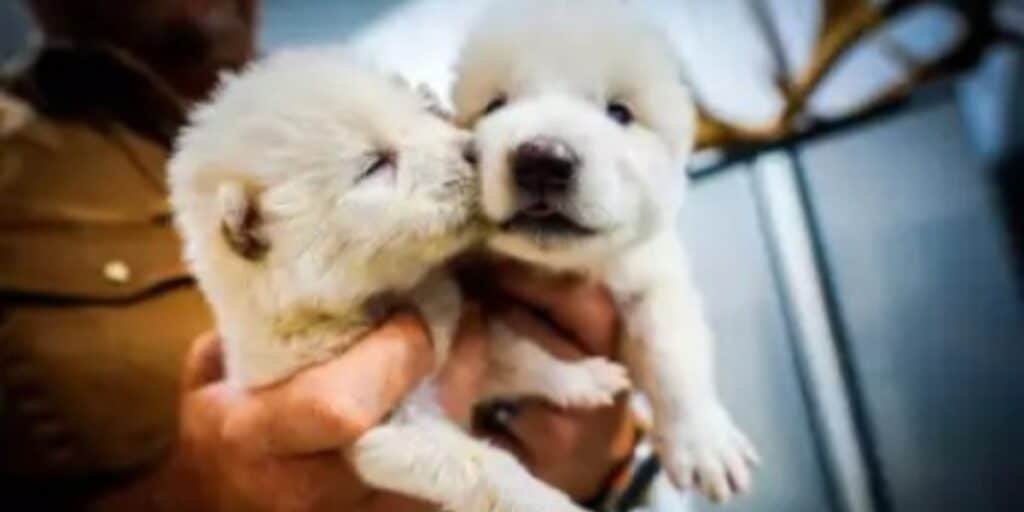WEBDESK: Scientists at Colossal Bio-sciences are making headlines by successfully bringing the Dire Wolf back to life. Using ancient DNA extracted from fossilised remains, they have used gene-editing techniques to recreate a version of this long-extinct animal.
The project, which was recently featured on the cover of TIME magazine, highlights the ambitious effort to revive the Dire Wolf by editing specific genes from ancient DNA into modern gray wolves. The team at Colossal Bio-sciences analysed the DNA of Dire Wolves that lived between 13,000 and 72,000 years ago. They identified key genes responsible for traits like strength and skull shape. Through the use of CRISPR gene-editing technology, they implanted these genes into the embryos of modern gray wolves.
These modified embryos lead to the birth of three pups – Romulus, Remus, and Khaleesi. Now six months old, the pups each weigh around 80 pounds and are expected to grow significantly larger. They are currently kept within a secured 2,000-acre ecological preserve and fed a natural diet of deer and beef. Despite being hand-raised, they show strong wild instincts, including avoidance of human interaction.
These pups are housed in a 2,000-acre preserve, where they are monitored closely as they grow. However, while these animals share many traits with the ancient Dire Wolf, they are not a true genetic match due to the incomplete reconstruction of the Dire Wolf genome.
The project is part of Colossal’s broader initiative to explore de-extinction, which also includes efforts to revive species like the woolly mammoth and the Tasmanian tiger. While the Dire Wolf revival is groundbreaking, scientists emphasise that this could lead to significant advancements in conservation and ecological restoration.
Read more: Once-in-a-Lifetime: Rare video shows four snow leopards together in GB






